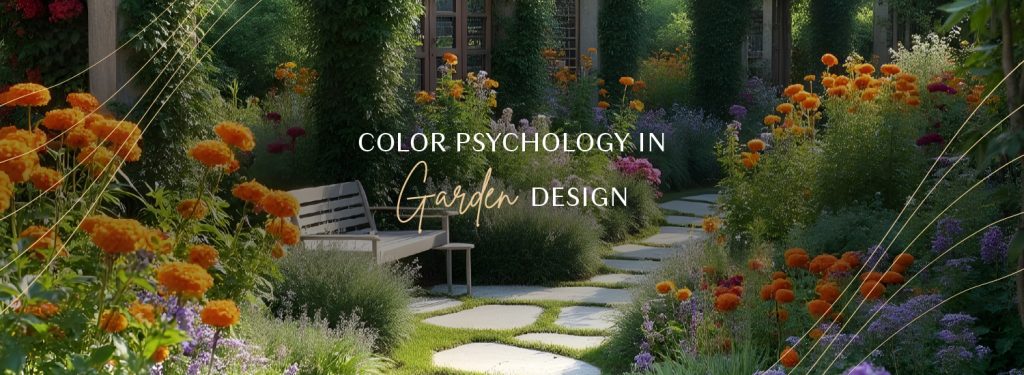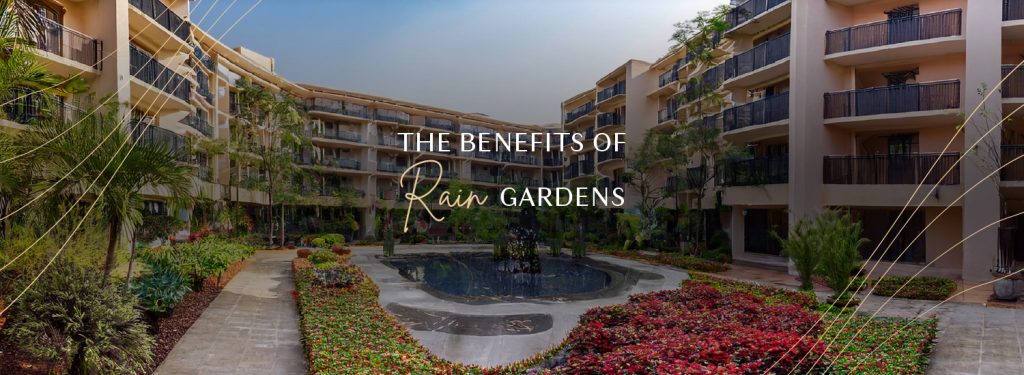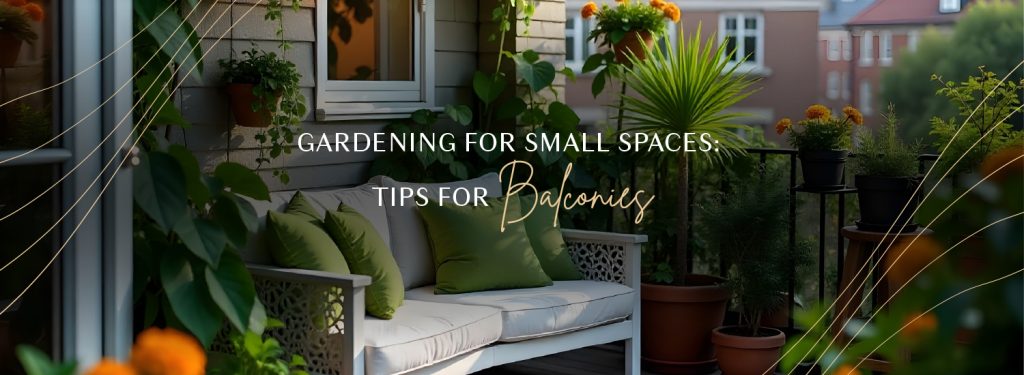
Seasonal Planting Calendar for Your Region: A Guide to Gardening in Bengaluru
Gardening is much more than a hobby; it connects you to the natural world, breathes life into your home, and brings you closer to sustainability. Bengaluru, popularly known as the “Garden City” of India, offers a perfect climate for plants to flourish throughout the year. Whether you’re an experienced gardener or a beginner, aligning your planting schedule with the seasons can transform your garden into a lush and thriving space.
This guide focuses on Bengaluru’s climate, helping you grow vegetables, flowers, and herbs throughout the year. It emphasizes planting at the right time for optimal results.
Climate of Bengaluru: The Gardener’s Edge
The city of Bengaluru has a tropical savanna climate with three distinct seasons:
- Summers (March to May): Hot and dry, with temperatures ranging from 20°C to 35°C.
- Monsoons (June to September): Heavy rains rejuvenate the soil, creating favorable conditions for many plants.
- Winters (October to February): Mild temperatures, dropping to around 15°C, are ideal for hardy flowering plants and cool-season crops.
This consistent and moderate climate allows gardeners to experiment with a variety of plants. However, knowing what to plant and when is crucial for a flourishing garden.
Seasonal Planting in Bengaluru
- Spring and Summer (February to May)
This period is perfect for preparing summer crops and adding vibrant blooms to your garden.
- Vegetables: Tomatoes, cucumbers, okra, brinjal, and gourds like bottle gourd and bitter gourd.
- Herbs: Basil, mint, and coriander thrive and add freshness to your kitchen.
- Flowers: Marigolds, zinnias, sunflowers, and petunias brighten up your space.
Pro Tip: Water your plants early in the morning or late in the evening to minimize evaporation. Mulching the soil can help retain moisture during hotter months
- Monsoon (June to September)
Bengaluru’s rains create perfect conditions for leafy greens and climbers.
- Vegetables: Spinach, fenugreek, amaranth, and radishes thrive in damp soil. Climbers like pumpkins, ridge gourds, and snake gourds also flourish.
- Flowers: Rain lilies, hibiscus, and ixoras add charm to your garden.
Pro Tip: Ensure proper drainage to prevent waterlogging. Raised beds or containers are excellent for managing excess rainwater.
Winter (October to January)
Mild winters are ideal for cool-season crops and vibrant winter blooms.
- Vegetables: Carrots, beets, turnips, peas, and cruciferous vegetables like cauliflower and cabbage.
- Herbs: Thyme, parsley, and dill grow well and enhance your kitchen garden.
- Flowers: Roses, chrysanthemums, dahlias, and pansies bring festive cheer to your garden.
Pro Tip: Protect delicate plants from chilly nights with mulch and consistent watering.
Essential Gardening Tips for Bengaluru
- Prepare Your Soil: Before planting each season, enrich the soil with compost or organic manure to improve its nutrient content.
- Opt for Native Plants: Local plant varieties adapted to Bengaluru’s climate are more resilient and require less maintenance.
- Try Container Gardening: For limited spaces, use pots or grow bags to cultivate vegetables and flowers on your balcony or terrace.
- Use Natural Pest Control: Neem oil, garlic sprays, and companion planting help deter pests without harming the environment.
Create Your Own Planting Calendar
Every garden is unique, and your planting schedule should reflect your space’s specific needs. Prepare your soil for summer crops in January and February. Focus on warm-weather vegetables and herbs from March to May. Use the monsoon season to grow leafy greens and climbers, and transition to cool-weather vegetables and vibrant flowers from October to December.
Why Seasonal Planting Matters
Seasonal planting is more than just a practical approach to gardening; it’s a way to work in harmony with nature. Growing crops suited to Bengaluru’s climate saves water, reduces the need for fertilizers, and promotes healthier plants. It also encourages biodiversity, supporting a thriving ecosystem.
Conclusion
A garden that grows with the seasons is a source of joy and beauty. Bengaluru’s climate provides an ideal platform for cultivating a variety of plants, from fresh vegetables to colorful flowers and aromatic herbs.
Gardening is not just about the results, it’s about the joy of nurturing life and creating a green sanctuary for yourself. Embrace the seasons, plant with care, and watch your garden flourish.
For more gardening tips and insights, follow @RoachLifescapes. Let us grow together!


